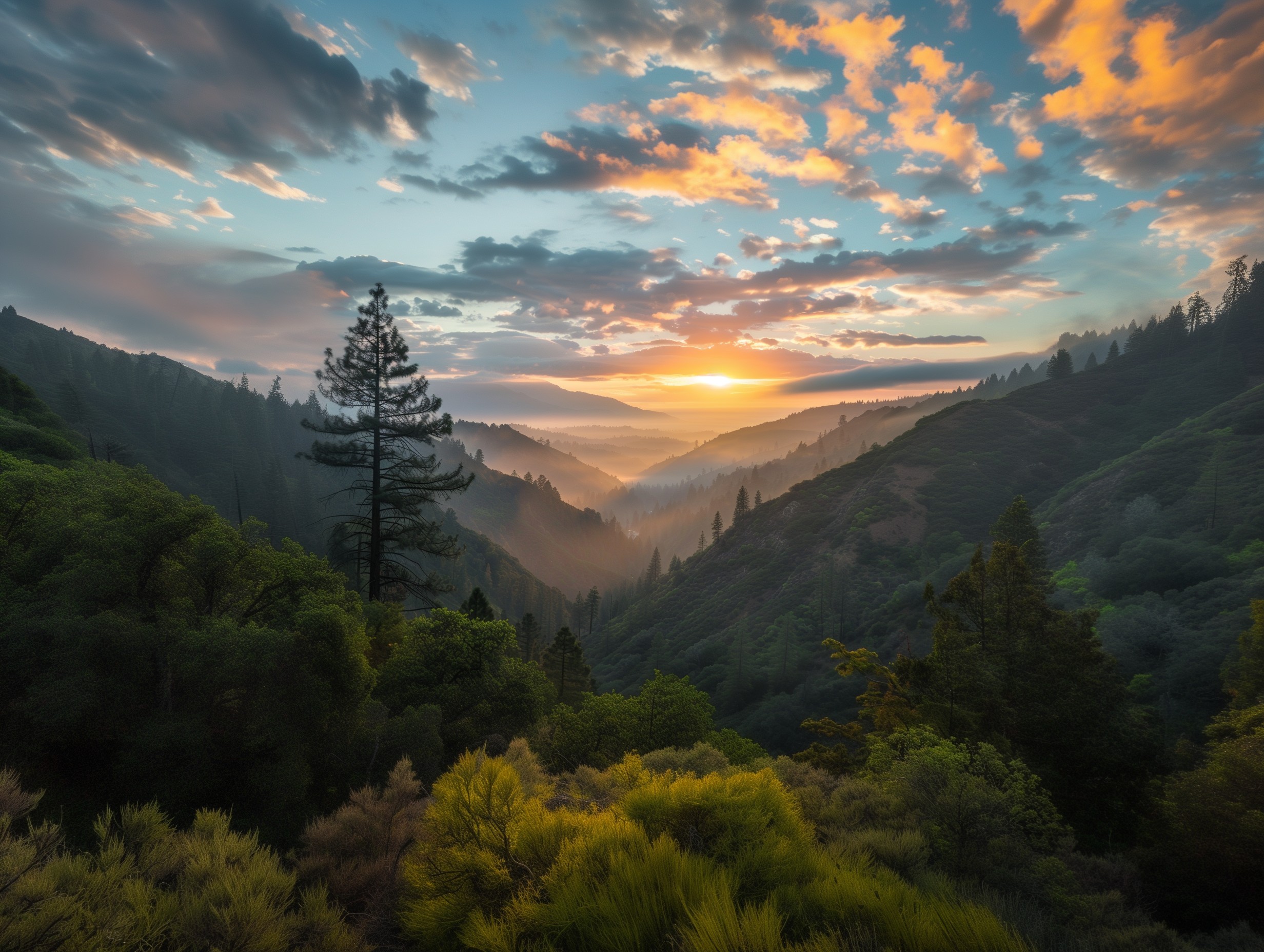Explosion of sea Slugs in California tide pools
Sea slugs, which are rarely seen in the waters off Northern California, are in full bloom there days and this has become a puzzle for scientists concerned about the warming ocean.
Biologists in San Francisco and Santa Cruz have found that the numbers of humpback whales and dolphins, usually more abundant off the Southern California coast, have been rising in Monterey Bay, and now sea slugs are also flourishing abruptly.
It's not El Niño weather, but increased ocean temperatures along the Northern California coast which are higher by many degrees than they have been in decades, are leading to spectacular growth of the immigrant sea slugs.
Terry Gosliner, the curator of marine invertebrates at the California Academy of Sciences and a longtime expert on the sea slugs, said that it's a population explosion. One species of the southern nudibranchs is scientifically called Okenia rosacea.
And it is commonly known to biology students and home aquarium collectors as the Hopkins' Rose. This species is normally common in tide pool areas near Los Angeles and San Diego but uncommon in north of San Luis Obispo. But, they have recently been observed blooming in tide pools as far north as Humboldt County.
As reported by University of California scientists at Santa Cruz, Santa Barbara and Davis' Bodega Marine Laboratory, there are large populations of the Hopkins' Rose species, and according to them, other types of nudibranchs common in southern waters are also being observed in the Bay Area and as far north as Humboldt County.
"We haven't seen anything like it in years", said John Pearse, an emeritus professor of evolutionary biology at UC Santa Cruz.
As per Nate Mantua, a climate scientist at the NOAA Southwest Fisheries Research Center in Santa Cruz, sea surface temperatures this winter are averaging almost 57 and 58 degrees from the Farallones to Santa Cruz and Monterey Bay, compared with a normal winter range of 52 to 53 degrees.


